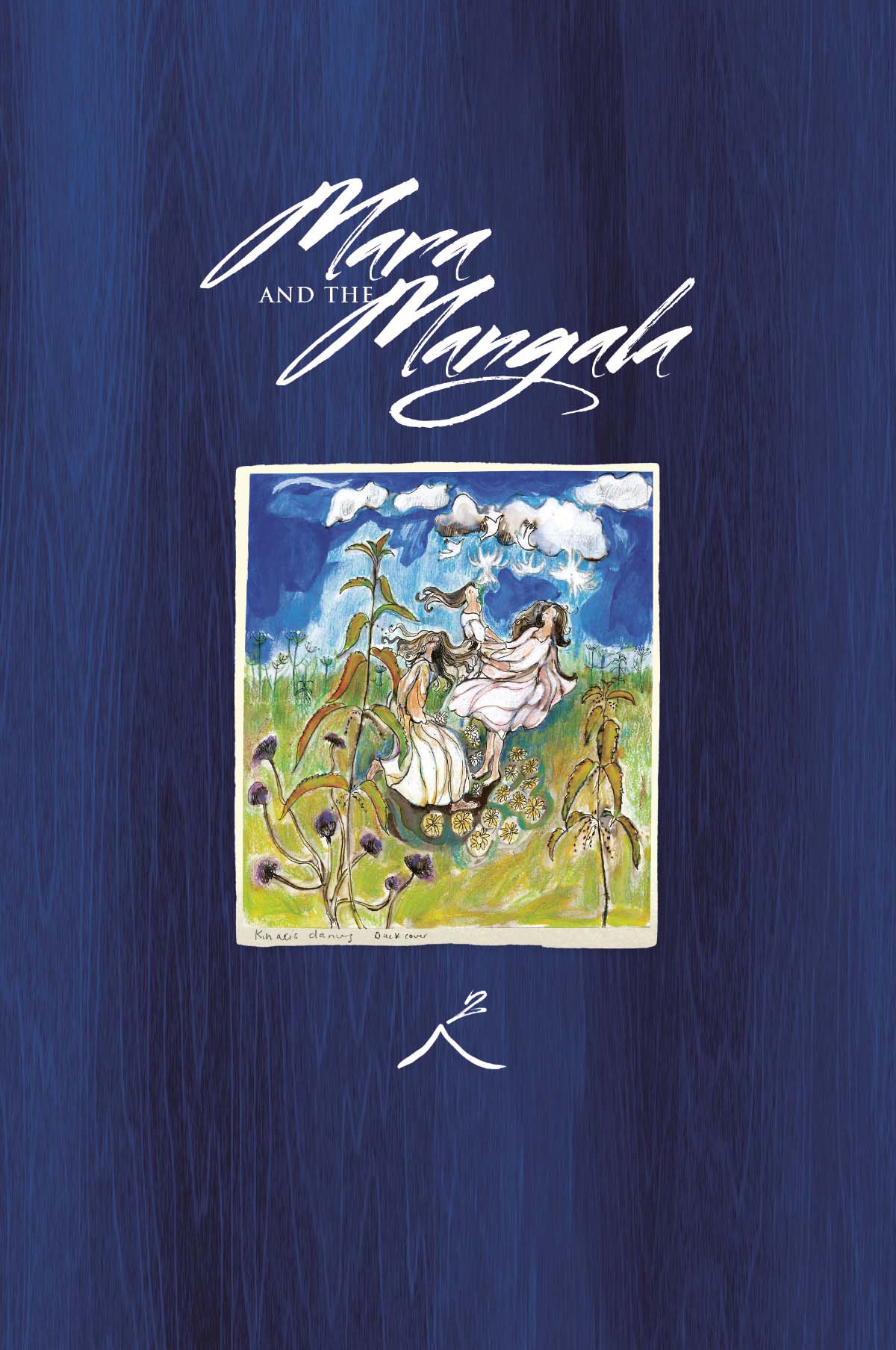Mara and the Mangala - Ajahn Amaro
Mara and the Mangala - Ajahn Amaro
Verfügbarkeit für Abholungen konnte nicht geladen werden
This story is intended to be both a partner to the novel The Pilgrim Kamanita, written by Karl Gjellerup in 1906, and a tale that stands on its own. There is no need to have read the earlier book in order to make sense of this one; however, should you wish to go to the source from which many of the characters and scenes of this tale have sprung, an English version of it is to be found here:
amaravati.org/downloads/pdf/PilgrimKamanita_web.pdf
A German version here.
The worst thing that could happen to a story to be read for pleasure is to have it surrounded by footnotes and appendices. This is true; but it’s also true that some readers might like to know: ‘Did this come from the Buddha?’ ‘Where can I find the rest of that quote?’ ‘That tradition sounds interesting, I wonder what it symbolizes?’ An appendix of notes and references has therefore been created, which outlines the sources of the derived material that has been used. The main body of the text is not marked in any way to indicate these notes; however, if you are curious about a certain passage, go to the end of the book, look for the page and quotation in question and see if there’s a comment or reference for it. In this way, if you just want to read the story and ignore the rest you can easily do so, but if you are interested in finding out more and checking the facts, the origins are mostly outlined there for you. The author will also be delighted to hear of any mistakes, omissions or unwanted intrusions that a reader might find in these notes – feedback will be helpful for any future editions. Also, gentle reader, please note that the original author (Karl Gjellerup) switched freely between using Sanskrit (the language of the Northern Buddhist and Hindu scriptures) and Pali (the language of the Southern Buddhist scriptures) during the course of his tale. In our efforts to be true to his original style this mixture of usage has been maintained.
Amaro Bhikkhu
Amaravati
Winter 2019
Share




